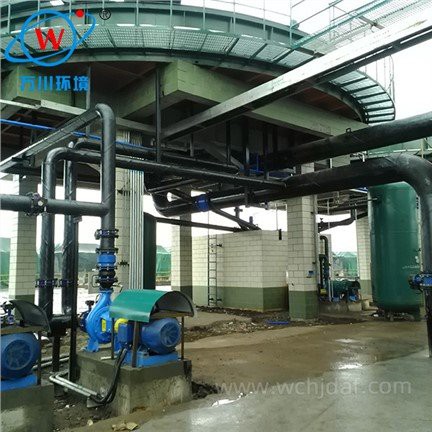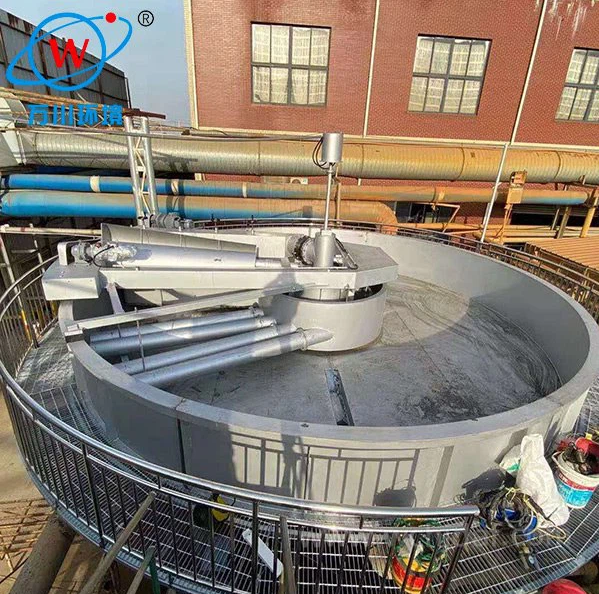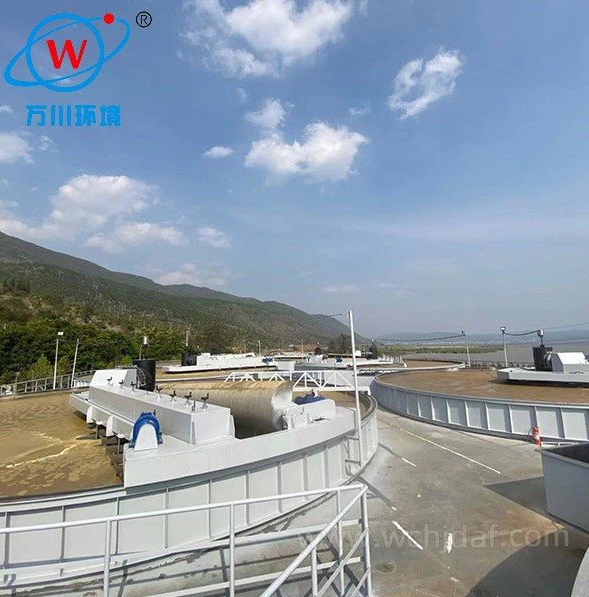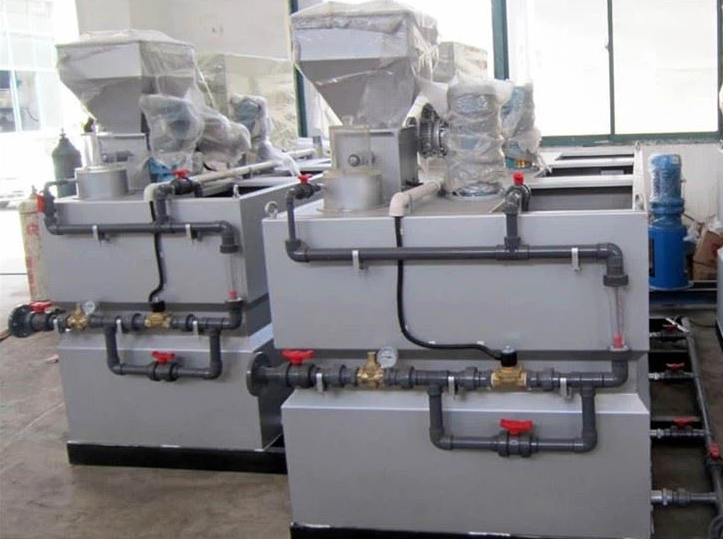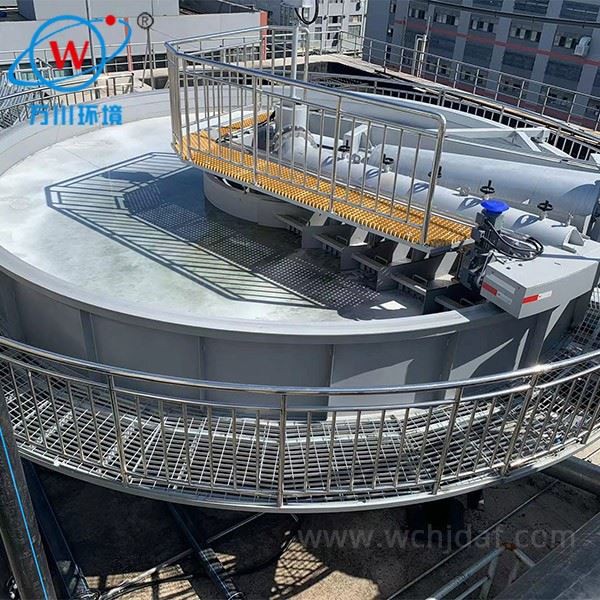Limitations of High Efficiency Shallow Air Flotation (HESAF)
While HESAF offers many advantages in wastewater treatment, several important limitations should be considered
Key Limitations Summary
- Challenges with viscous/high-concentration wastewater
- Sensitivity to temperature and pH variations
- Limited effectiveness on dissolved pollutants
- Requires regular system maintenance
- Potential need for pre-treatment processes
One key limitation is its effectiveness in handling highly viscous or high-concentration wastewater. The air bubbles may struggle to attach to and lift particles in such substances, reducing the separation efficiency.
Another drawback is its sensitivity to temperature and pH variations. Extreme temperatures can affect the solubility of air in water, altering the formation and stability of bubbles.
Similarly, significant pH changes can impact the surface charge of particles, interfering with the bubble-particle attachment. This means that the system often needs careful monitoring and adjustment to maintain optimal performance, increasing operational complexity.
HESAF has limitations in treating certain types of pollutants. It may not efficiently remove dissolved organic compounds or heavy metals in ionic form, as these require additional chemical processes for precipitation or chelation.
The equipment requires regular maintenance to prevent clogging of the air-injection system and ensure the proper functioning of components. Failure to do so can lead to reduced treatment capacity and increased downtime, affecting the overall reliability of the process.
Understanding these limitations helps in making informed decisions about HESAF implementation and operation

